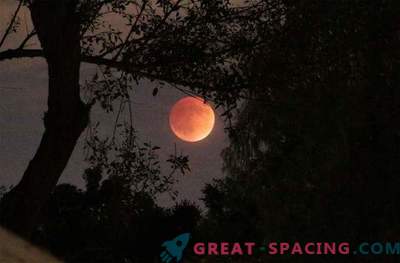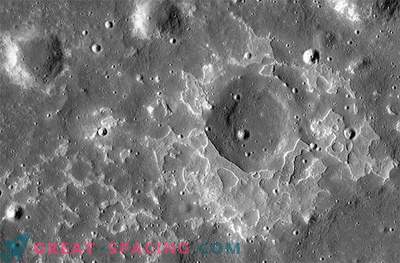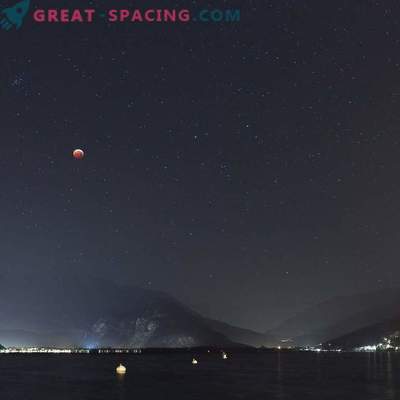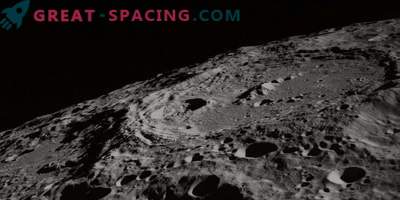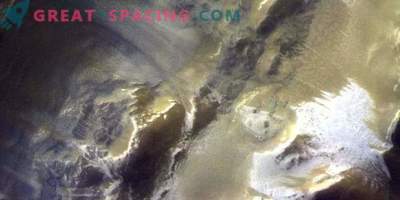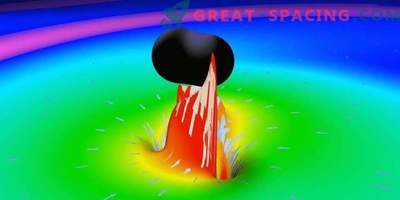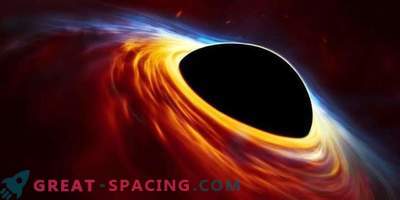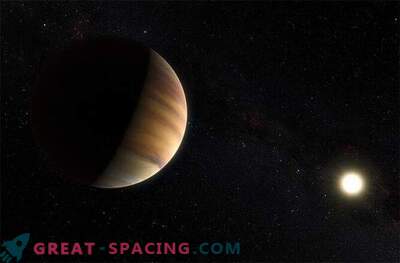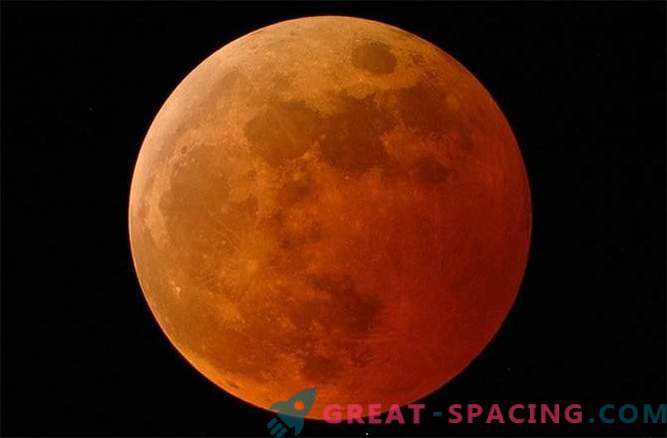
Fans of the starry sky on the territory of Russia on Sunday, September 27, will be able to enjoy a total lunar eclipse.
“Don't tell me what it was made for. Tell me what he can do! ”.
This phrase was uttered in the movie “Apollo 13”, but it can be used for unusual observations of the lunar surface, which NASA will conduct on Sunday with the help of a lunar orbital probe (Lunar Reconnaissance Orbiter, LRO).
The Sunday eclipse will become special because it follows three other total lunar eclipses that occurred during the previous 18 months (as a rule, they do not happen so often), and the Moon will be at the shortest distance from Earth, due to which its disk in the sky will seem a little more than usually. In the people this phenomenon is called “super-moon”.
LRO was launched in 2009 as an artificial satellite of the Moon and is not intended to monitor eclipses. The spacecraft operates on solar energy, so all its instruments are turned off when the sun’s rays do not fall on it. But after some control experiments conducted at that moment when the LRO was in the shade, it turned out that the accumulated solar energy is enough to keep one device turned on - the Diviner.
Diviner (Diviner Lunar Radiometer Experiment) is a tool that measures the temperature on the moon during the day. According to NASA, during an eclipse, sharp temperature drops occur; their difference is almost the same as between the temperature in the bath and in the pool with ice water.

“Ideally, we want to measure the full range of temperature fluctuations during an eclipse,” said Noy Petro, a spokesperson for the academic board of the LRO project, to Discovery News. Petro works at the Goddard Space Flight Center (NASA GSFC), located in Maryland, USA.
During most of the recent eclipses, the spacecraft in polar orbit was limited to observations of the terminator — the line of separation from the cool surface separating the illuminated part from the unlit part. This time the spacecraft will observe the space on which so much sunlight falls as it falls on Earth at nine o'clock in the morning, thanks to which it will be known in what range the temperature changes during an eclipse.
“The recent (eclipses) were good, but it will be the most successful, especially since the nearest one will take place only in a few years - in 2018,” added Petro.
According to data obtained from observations made during the last eclipses, the researchers learned that within a few hours in the soil, especially in its upper two centimeters, significant temperature drops occur at several hundred degrees Fahrenheit. (Such conclusions are based on the model, because scientists do not see the soil).
Diviner can measure the temperature of the lunar soil to a depth of 15 cm. Under this first layer, the soil remains warm, which means that the top 2 cm should act as a kind of insulator. According to the model, this is due to the fact that the regolith (lunar soil) has free space between the grains. Benjamin Greenhagen, deputy head of the Diviner research team, told Discovery News that, by observing each subsequent eclipse, scientists found answers to different questions, depending on what kind of terrain the satellite flew. Previously, they observed rocky craters to see the thickness of the dust layer on the rocks, and also investigated the magnetic anomaly.
“This time we will be observing several different areas,” said Greenhagen, who works in the laboratory of applied physics at Johns Hopkins University in Maryland. “We will explore two large pyroclastic deposits — traces of massive volcanic eruptions — with a huge amount of volcanic glass and small particles. We will also pay attention to the space with small rocks ... (and) we will try to find out the composition of their breed. ”
As Petro said, after the end of the eclipse, scientists will try to summarize the data obtained during all eclipses in order to get an idea of what processes are taking place in the upper layers of the soil. Then, careful monitoring of the LRO state will follow to ensure that the battery behaves as expected, but no problems are foreseen at this point.

